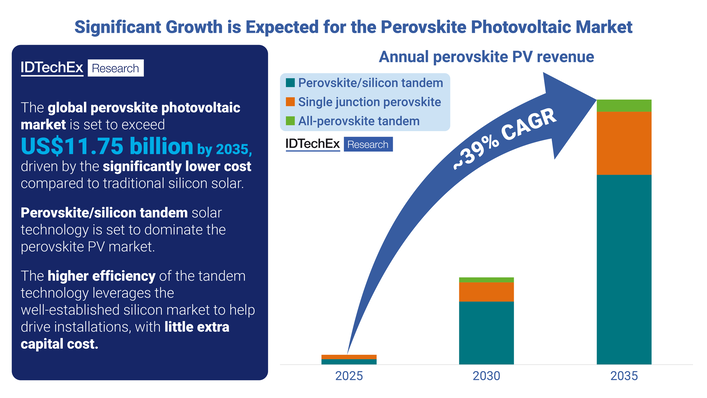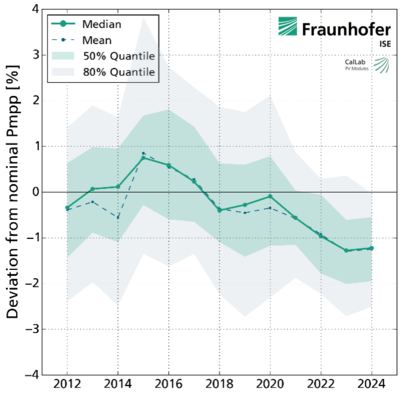The solar industry’s flagship award pays tribute to trailblazing technology and innovation. The winners and their innovative products will be presented to the market and an audience of international experts during an online ceremony as part of The smarter E Industry Days being held between July 21 and 23, 2021.
2021 will see a digital ceremony during which companies will be honored with the prestigious innovation prize, the Intersolar AWARD, for their pioneering solar technologies. The Intersolar, ees, and The smarter E AWARD will be presented online on July 21, 2021, as part of The smarter E Industry Days. The winners set trends and motivate the industry to join forces and shape the energy future with groundbreaking innovations.
Inverters and cell and module technology tick diversity boxes
Diversity and diversification are increasingly becoming the order of the day when it comes to inverters. Battery inverters and hybrid devices for residential settings are still on trend alongside classic photovoltaic inverters. Looking at central inverters, the 4 to 7 megawatt (MW) power classes are currently storming ahead. String inverters with a capacity of over 150 kilowatts (kW) are now available in the medium power class.
Also interesting: ees AWARD: Finalists impress with smart and modular energy storage solutions
We are also seeing diversification within the field of photovoltaic module technology. The aim is to tap the potential of other spaces that are already in use to add to the scope of rooftop installations and free-standing systems. And so there are more and more solutions for integration into buildings, façades, vehicles, and infrastructure. Agrivoltaics, which brings together photovoltaics (PV) and the use of land for agriculture, is another area of steady growth. With the technical potential of agrivoltaics sitting at around 1,700 gigawatts (GW) in Germany alone, innovative products are met with interest by a wide range of people. Bifacial solar cells within this area of application are enjoying substantial growth, for instance.
Ultra-efficient cells and modules ensure that efficiency levels are consistently on the rise, with cells based on heterojunction technology exceeding the 24 percent mark. Cells and modules are growing in size and advancing in capacity too.
Systems technology responds to long list of requirements
The spectrum of products and innovation in the field of systems technology is just as broad. When it comes to installation systems, metal roof panels have proven to be popular for units on sloped roofs in regions with affected snow load zones. They are combined with roof hooks to keep PV systems secure in the long term despite wind, snow, and other environmental influences. Moving to the other extreme, project developers working on large solar power plants in areas experiencing strong direct sunlight are still relying heavily on single-axis tracking systems, which they sometimes combine with sizable bifacial modules.
Did you miss that? The smarter E AWARD 2021: Finalists present pioneering solutions
In the world of e-mobility, more and more manufacturers of cars, electric light vehicles, trailers, trucks, and buses are using photovoltaics to supply power to auxiliary systems, such as air-conditioning units, or to extend the range. Smart systems also exist that can charge vehicles with PV power in the private and public sectors. There is no denying that solar power is set to play a key role in the mission to supply the mobility sector with solely renewable energy.
The Intersolar AWARD 2021 finalists
DuPont Teijin Films (Luxembourg): The Mylar UVHPET backsheet is made of 33 percent recycled PET, which is broken down to the monomer BHET using a special chemical process. This BHET is then used to produce the Mylar backsheets, offering the exact same properties as material that has not been recycled. The finished product is a high-performance backsheet that helps conserve resources and maintain closed-loop material cycles.
GOLDBECK SOLAR GmbH (Germany): The MarcS (modular arc system) is a modular substructure for PV modules that comes in the shape of an arc. It allows for the land underneath it to still be used, for example for agricultural purposes. The arc structure, with the modules facing from east to west, can be moved on rails to allow for specific areas to be protected or uncovered. Overall, the solution is flexible, with the potential to be scaled up, moved around, and even automated. It comes in a waterproof version that also allows for rainwater to be collected and stored.
Jiangsu GoodWe Power Supply Technology Co., Ltd. (China): The GE GEH 5-10K series is a versatile and sophisticated range of hybrid inverters with a backup mode in case the grid is compromised. Boasting numerous safety features, it is tailored perfectly to the requirements for home installations on the Australian and Brazilian markets.
LG Electronics Inc. (South Korea): The solar car roof module taps into the mobility segment for PV. The ultra-efficient solar cells have been integrated into the curved shape of a glass car roof, with special protection against heavy loads and damage. The solar car roof module has been designed to blend in perfectly with the car roof, ensuring that the cell wiring cannot be seen. The module supplies enough power for an electric vehicle to cover between 1,300 and 1,500 km a year or for fuel savings to be made in a standard vehicle.
LONGi Solar Technology Co., Ltd. (China): The Hi-MO5 is a high-performance bifacial PV module using PERC technology. Designed for large solar parks, the Hi-MO5 features gallium-doped wafer material and special ribbon connectors. The wafer material minimizes output losses over time, while the connectors allow the solar cells to be packed more densely, in turn boosting the efficiency by an incredible 21.3 percent.
Maxeon Solar Technologies, Ltd. (China): Maxeon Solar Technologies has opened up new applications for its popular premium product on the PV module market with the Maxeon Air. With glass and aluminum framing excluded from the design, the total thickness is just 4 mm and the weight of the module is reduced as a result. These properties allow for use on roofs without having to worry about an excessive load. A layer of adhesive is also applied to the back of the Maxeon Air at the factory, enabling straightforward installation without a substructure.
Mitrex Building Integrated Solar Technology (China): Solar cladding from Mitrex involves sandwiching crystalline silicon solar cells between a lightweight yet sturdy aluminum substrate with a honeycomb structure and a custom glass panel. In principle, this design is ideal for cladding and rear-ventilated curtain façades. Mitrex also gives customers plenty of flexibility, with the option to buy the system outright, operate it as an owner, or save on the system costs and share the income from selling the power.
SUNGROW POWER SUPPLY Co., Ltd. (China): The SG3125HV-30 manufactured by SUNGROW POWER SUPPLY is an outdoor central inverter with impressive performance data, as demonstrated by its high level of efficiency and power rating of 3,437 kilovolt-amperes (kVA) despite its compact design. With operation guaranteed even given high temperatures and weak connection points, this product can be used in challenging circumstances.
Trina Solar (Schweiz) AG (Switzerland): The Agile 1P is a single-axis, dual-row tracking system. Straightforward and speedy to install, the system has a robust design that allows it to withstand even extreme weather conditions. Modules with a capacity of up to 670 watts can be installed on the tracker. The dual-row structure means the length is reduced enough to facilitate installation on tough terrain. The control software complete with self-learning algorithm means that the energy input can be optimized, such as with bifacial modules.
Trina Solar (Schweiz) AG (Switzerland): The Vertex range from Trina is based on the new wafer format with an impressive edge length of 210 mm. With a view to still minimizing loss through electrical resistance, these wafers are divided into three using a laser cutting process and then connected to multiple busbars. Measuring 1,754 mm x 1,096 mm, the Vertex S Ultra-High Performance roof modules boast a capacity of up to 405 watt-peak (Wp), which equates to 21.1 percent efficiency. (hcn)
Further information on the awards can be found at:
www.TheSmarterE-award.com
www.intersolar-award.com
www.ees-award.com







